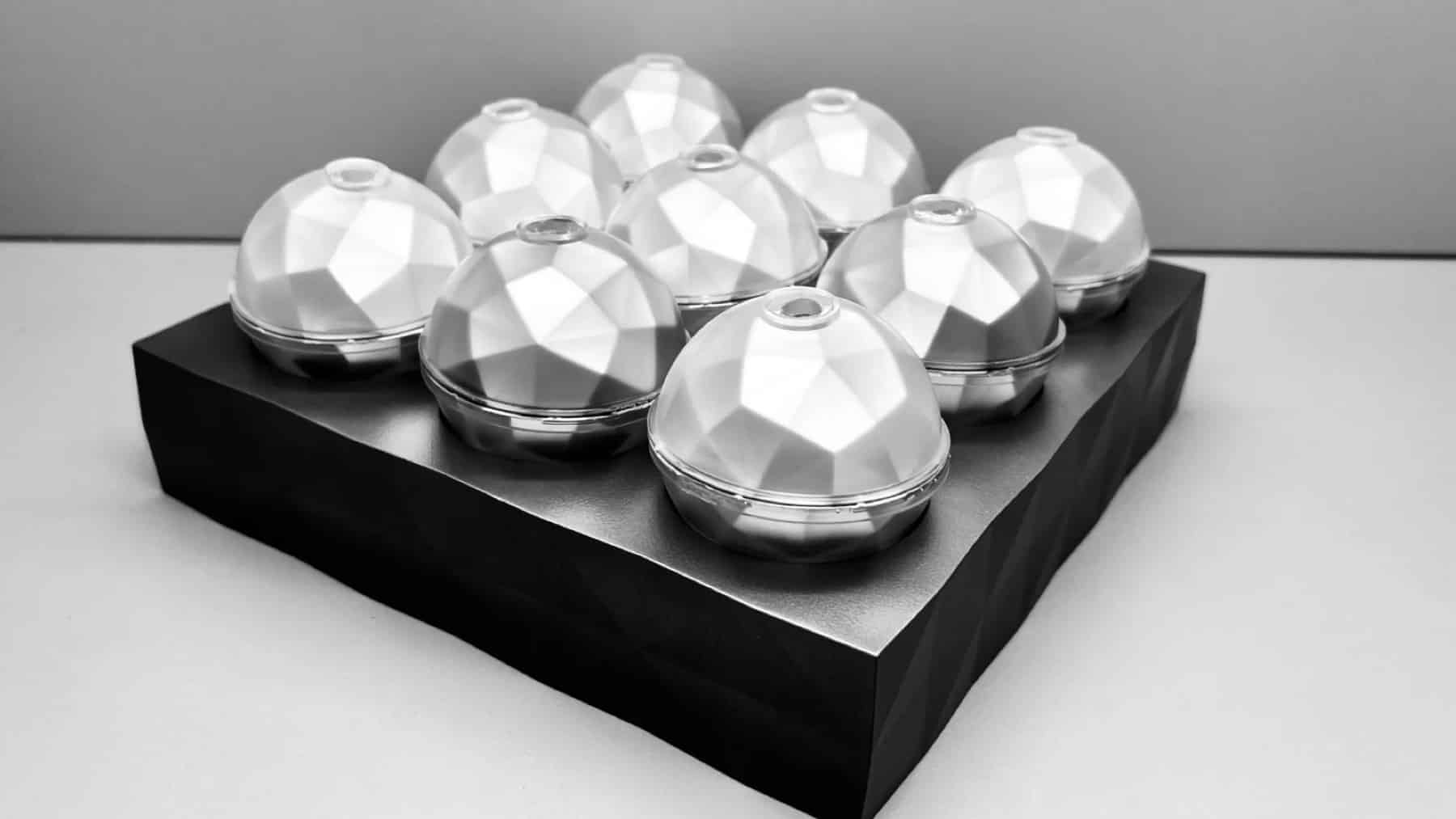For decades, solar panels have stuck to a tried-and-true format—flat, rigid surfaces aimed directly at the sun. But as the global push for renewable energy intensifies, Japan is challenging this norm. Kyosemi Corporation, a forward-thinking tech firm, has developed Sphelar, a revolutionary spherical photovoltaic cell that could reshape the future of solar energy collection.
Moving Beyond the Flat Panel
Flat solar panels were originally designed for laboratory settings with fixed light sources. But in the real world, sunlight is constantly shifting—rising, setting, and changing with the seasons. This mismatch has led many to question whether traditional flat panels are truly the most efficient solution.
Mr. Nakata, Kyosemi’s founder, turned this question into an opportunity for innovation: Why are solar panels still flat in a world where sunlight moves? His search for answers led to experiments in Japan’s JAMIC microgravity tunnel, where molten silicon was crystallized into perfect spheres—laying the groundwork for Sphelar.
READ MORE: Punjab to Distribute 110,000 Laptops with Mandatory Biometric Verification
What Makes Sphelar Different
Unlike traditional solar cells, Sphelar’s spherical shape captures light from every direction—not just direct sunlight, but also reflected and ambient light. This omnidirectional capability enables steady energy generation throughout the day, without the need for sun-tracking systems or mechanical tilts.
But Sphelar’s innovation goes beyond function. Its compact, elegant form makes it ideal for seamless integration into urban spaces, from windows and buildings to portable electronics like smartphones. It generates energy from both indoor and outdoor lighting, adding flexibility and style to its power output.
Efficient and Sustainable
Sphelar boasts an energy efficiency of around 20%, on par with conventional flat panels. However, its manufacturing process is more material-efficient. Instead of slicing wafers from silicon blocks—a process that leads to waste—Sphelar uses molten silicon droplets, significantly reducing material loss. This makes the technology especially relevant as global silicon prices continue to climb.
The Road Ahead
Despite its advantages, Sphelar still faces manufacturing challenges. Creating spherical cells with accurate P-N junctions is complex and currently costlier than flat-panel production. To tackle this, Kyosemi is working on automation solutions to boost production and reduce expenses.
A New Era for Solar Power
Sphelar isn’t just another solar product—it represents a new mindset in energy innovation. Like Korea’s transparent solar panels, Japan’s Sphelar spheres demonstrate that the future of solar lies in rethinking the fundamentals. These tiny orbs don’t just follow the sun—they adapt to it, opening the door to a more decentralized and flexible energy landscape.
As Sphelar technology evolves, it reminds us that major innovations often begin with a simple question: What if we did it differently?



![Rare Whale Spotted for the First Time in Pakistan [Video]](https://netmag.pk/wp-content/uploads/2024/04/Rare-Whale-Spotted-for-the-First-Time-in-Pakistan-Video.jpg)